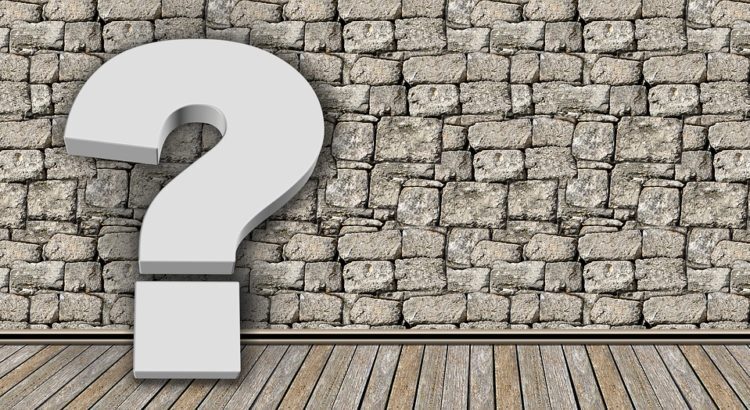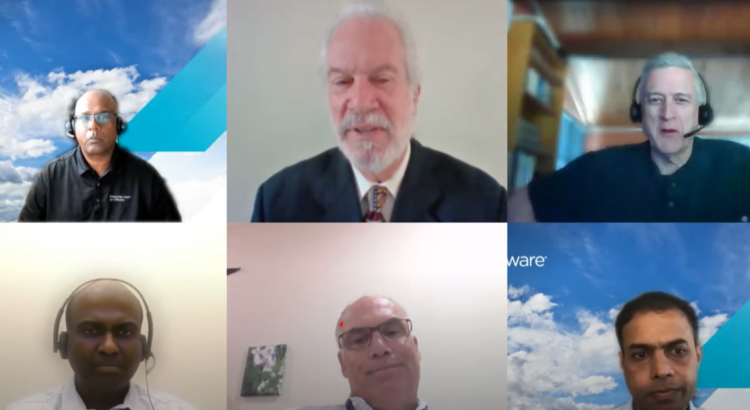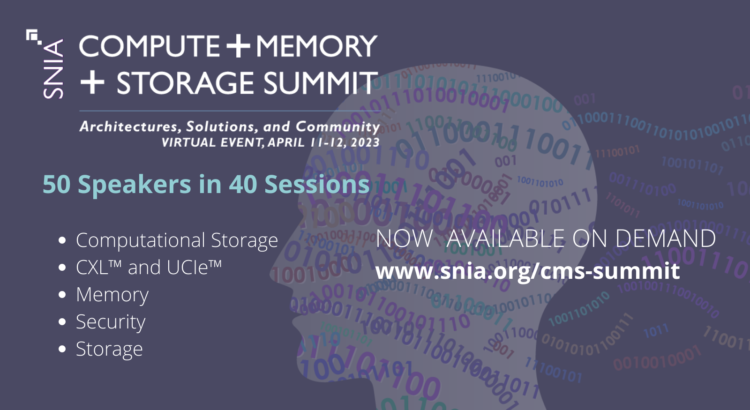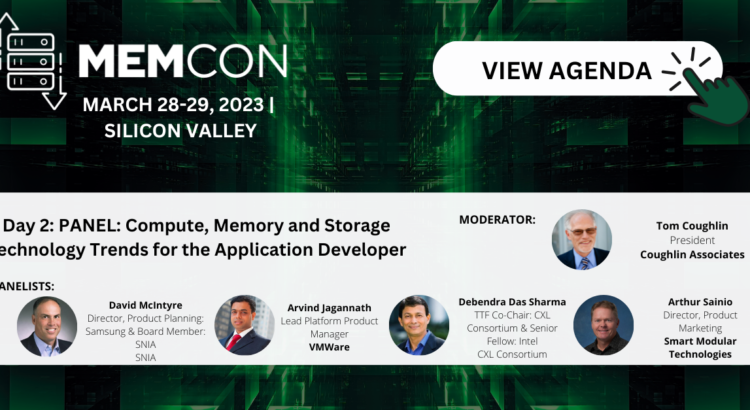
Just What is an IOTTA? Inquiring Minds Learn Now!
SNIA’s twelve Technical Work Groups collaborate to develop and promote vendor-neutral architectures, standards, and education for management, movement, and security for technologies related to handling and optimizing data. One of the more unique work groups is the SNIA Input/Output Traces, Tools, and Analysis Technical Work Group (IOTTA TWG).
SNIA Compute, Memory, and Storage Initiative recently sat down with IOTTA TWG Chairs Geoff Kuenning of Harvey Mudd College and Tom West of hyperI/O LLC to learn about some exciting new developments in their work activities and how SNIA members and colleagues can get involved.
Q: What does the IOTTA TWG do?
A: The IOTTA TWG is for those interested in the use of empirical data/metrics to better understand the actual operation and performance characteristics of storage I/O, especially as they pertain to application workloads. Read More




 and applications like memory tiering, our recent
and applications like memory tiering, our recent 




 , 1.2, 2.0 CXL
, 1.2, 2.0 CXL